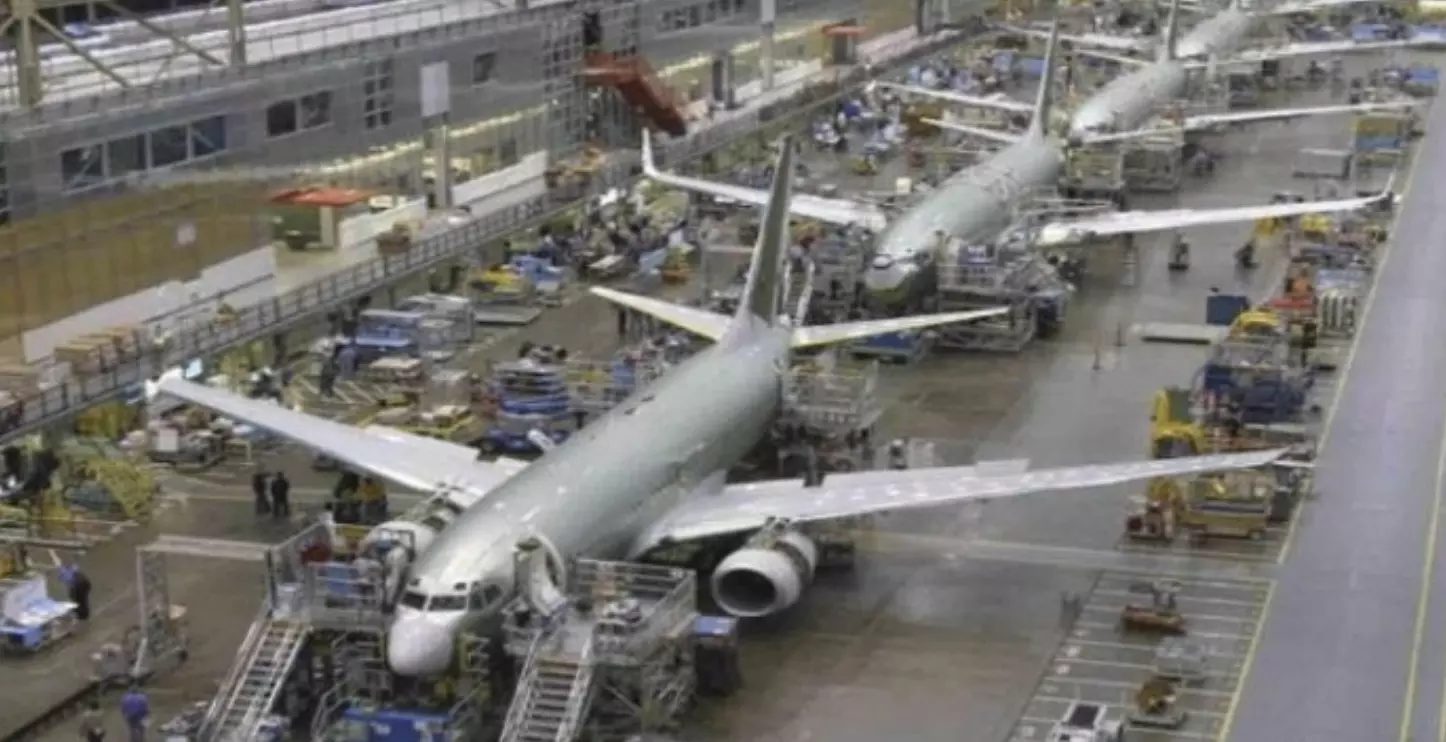India's ambitious plan to manufacture its own aircraft marking a significant headway
India's ambitious plan to manufacture its own aircraft

The Indian government is planning to establish a Special Purpose Vehicle (SPV) to create an ecosystem for the manufacturing of aircraft within the country over the next five years. This initiative aims to scale up the production and export of domestically manufactured planes, marking a significant shift in India's civil aviation industry, which currently relies on aircraft assembled overseas.
Union Civil Aviation Minister Ram Mohan Naidu Kinjarapu announced the plan during the 10th PHD Chamber of Commerce and Industry Global Aviation and Air Cargo Summit 2024 in New Delhi. The minister emphasized the government's commitment to the "Make in India" initiative in aviation, aiming to establish a robust aircraft manufacturing ecosystem by collaborating with Original Equipment Manufacturers (OEMs) like Airbus and Boeing for technical know-how and expertise.
India's current aircraft manufacturing ecosystem is still developing, with limited production primarily by Hindustan Aeronautics Ltd (HAL). HAL's Hindustan 228, a 19-seater aircraft designed by Germany's Dornier, is one of the few examples of locally assembled planes. However, the government’s goal is to significantly expand this capability to meet domestic demand and eventually export aircraft.
In October 2022, the foundation stone was laid for India's first military aircraft manufacturing facility, a collaboration between Tata Advanced Systems Ltd and Airbus Defence and Space S.A. Spain, to produce C-295 transport aircraft in Vadodara. The first India-made C295 is expected by September 2026.
The civil aviation ministry is optimistic about partnering with global OEMs and plans to address industry concerns, introduce reforms, and develop a comprehensive strategy through the SPV to establish an aircraft final assembly line in India. As India continues to be one of the fastest-growing aviation markets globally, with a low air penetration rate, the government's move is seen as a crucial step toward developing a strong aerospace infrastructure, essential for both strategic military and civilian needs.

